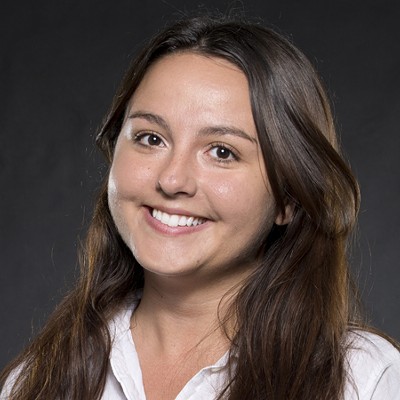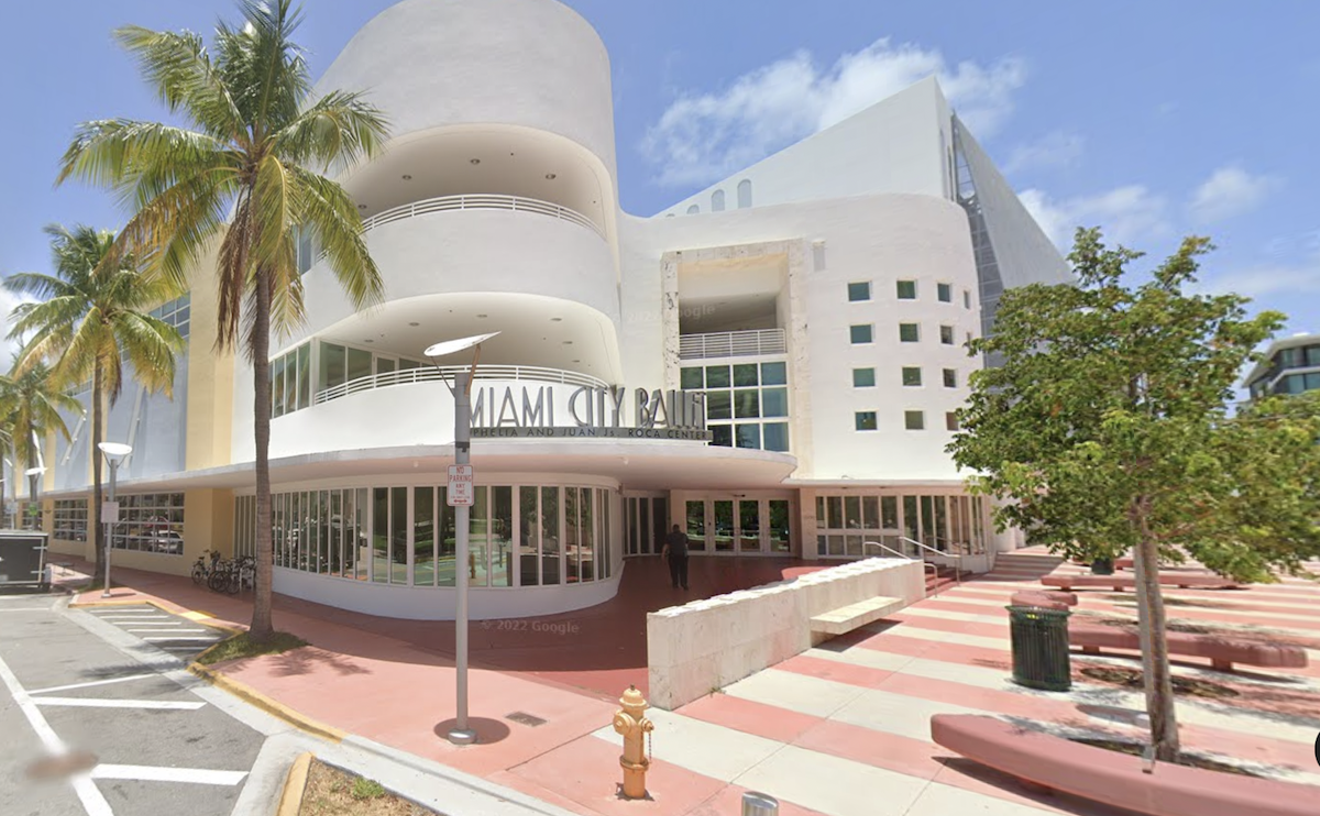Foord also had a bigger mission in mind: Though most of the rescued corals were planted on an artificial reef and some were taken to a lab for study, Foord thought the rest would be perfect for local museums to display. Most Miamians still know little about native urban corals living just below the surface.
Foord says that at first there were few takers because curators seemed to prefer the more vibrant corals from the South Pacific to Miami’s duller varieties. A letter-writing campaign, he says, helped convince the Patricia and Phillip Frost Museum of Science will use specimens saved from the dredge in a display focused on South Florida’s coral.
“People will start to care,” Foord says. “They’ll become captivated by the spell that these corals have — hyper-fluorescent, alien, cosmic creatures that they are.”
(Editor's note: After publication, Frost disputed that Foord's advocacy changed their position on displaying corals; instead, displaying native corals had always been part of their plan for the new facility, they say. A full statement from Frost has been added at the end of this story.)
Foord, a 33-year-old marine biologist, might be the biggest advocate for Miami’s native coral. He runs Coral Morphologic, a group that combines videos of native corals with music and fluorescent lights to make trippy educational art. He hopes that making coral hip and aesthetically pleasing will motivate Miamians to take an interest in the endangered creatures.
The Frost’s native coral display is a victory in that war. “It’s a way to create empathy between humans and corals,” Foord says. “It’s easy to get people to care about panda bears, but how do you create empathy for something without eyes or a face?”
Foord is excited about another new project: a coral nursery at South Pointe Park designed by Wynwood artist Bhakti Baxter, equipped with a webcam to broadcast the footage online. The corals at the nursery are a rare hybrid species that grow naturally in the channel beside South Pointe.
In March, Coral Morphologic was awarded a $10,000 accelerator grant from the Miami Foundation to kick-start construction. Baxter has already created a smaller scale of the cement sculpture on which the rare corals will grow. It debuted at the Bakehouse Art Complex last month.
But Foord estimates it’ll probably be another year before the nursery will debut in the shallow water just steps from Smith & Wollensky. He’s still waiting for permits.
“These corals fluoresce brilliant green under blue LED light, which is highly unusual for either of its parent species, which are usually just plain brown,” Foord says. “With the webcam in the center of the nursery, anyone in the world can tune in. It’ll be like being inside a public aquarium.”
Update: The Frost museum sent this comment on the coral display from Frank Steslow, the museum's chief operating officer:
The Patricia and Phillip Frost Museum of Science will in fact be displaying corals from Florida. We received a Special Activity License from the Florida Fish and Wildlife Conservation Commission to collect and hold corals from the Port of Miami dredge project that will be displayed as a part of our collection. These corals are currently in our holding systems. We had also previously received local corals from Nova Southeastern University which were transferred to us after the completion of their research. Our aquarium exhibit plan is focused nearly exclusively on South Florida coastal habitats and South Florida’s coral reef environments specifically are a major component of the displays and content.
Frank Steslow, Chief Operating Officer, Patricia and Phillip Frost Museum of Science











